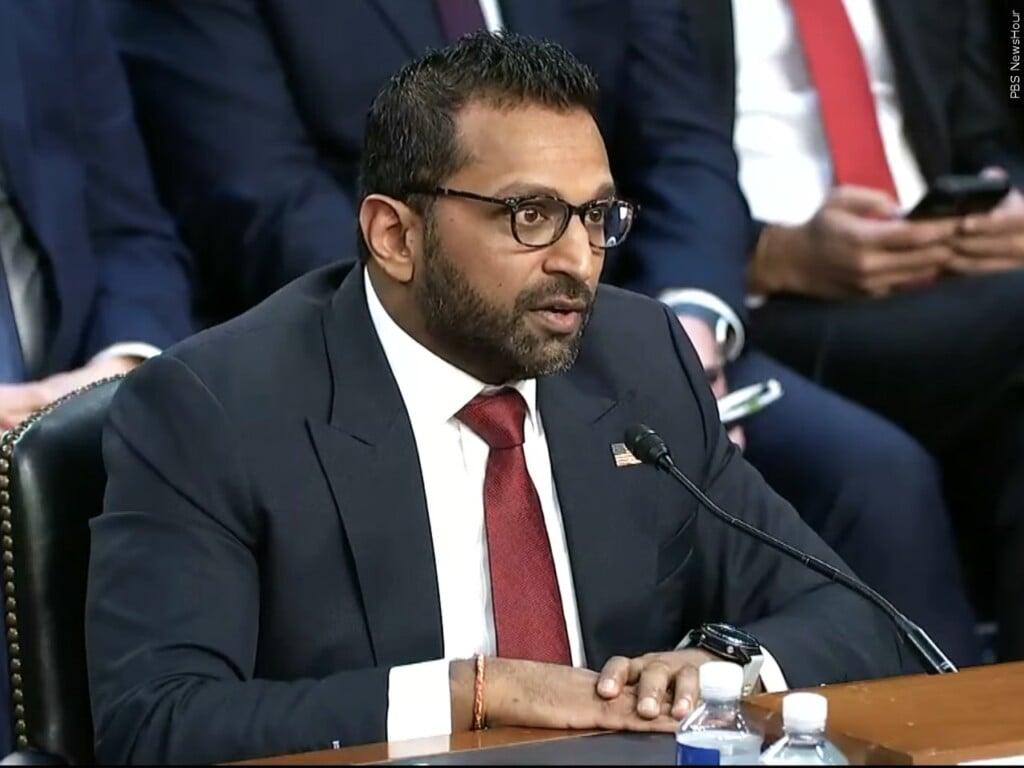Video: Rail Lines To Economic Growth
[syndicaster id=’6243093′]
COLUMBUS, Miss.(WCBI)–When it comes to economic development, rail lines are one of the tools used to spark growth leading to long term financial revenue.
When looking at economic development, 60% of the proposed project having rail lines give a competitive advantage at landing potential contracts.
“And a lot of times its not mandatory but if they say, if your site has rail it would be viewed as a plus because the company could use rail as an alternative to truck or maybe water,” said Joe Max Higgins/CEO The Link.
While rail lines are not a must, the well known Weyerhauser Company in Columbus uses rail.
“Up until recently Weyerhauser owned the railroad that came from the Weyerhauser Pulp and Paper Plant, up and serve the Weyerhauser modified fiber Plant. They had their own railroad, that went across a small part of Kansas City Southern RailRoad and then into their plant,” said Joe Max Higgins.
Actually two flagship industries landed by The Link did not use rail.
“Paccar doesn’t require rail. Didn’t day one and still doesn’t. Airbus, American Eurocopter as some of then still know, obviously rail is not important to them,” said Joe Max Higgins.
“Not having rail certainly does not keep you out of the game or from being competitive. Its, just an advantage when you do have rail its one more mode of transportation, intermodle transportation that you can offer to someone,” said Lara Bowman/ Director-The Enterprise.
With the Yokohama Plant in West Point, on site and off site about a $7 million rail spur was built to serve the facility.
“SDI Severstal, SDI Steel Mill, integral part of their operation. First of all the steel Mill could never have been built here if we didn’t have rail,” said Joe Max Higgins.
“Our industry uses rail in Choctaw County. We’ve got two different businesses that benefit from the rail,” said Lara Bowman.
“So the lesson here learned is that if you got it, figure out a way to keep it,” said Joe Max Higgins.
The two kinds of rail are Class One, the big railroads running everywhere. And then the short line rail running local distances.





Leave a Reply